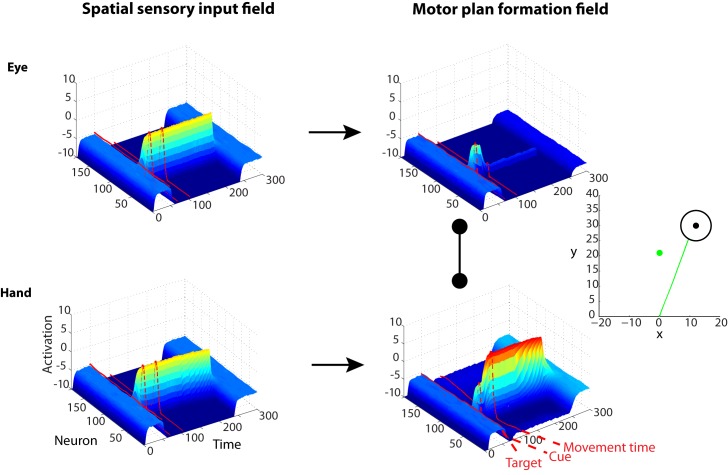Fig 4. Characteristic example of the simulated model activity during an effector choice task.
A single target, which can be acquired with either a hand or an eye movement, is presented at about 50 time-steps after the trial onset. The activity of the neurons tuned to this target increases in both DNFs that plan hand and eye movements, since the framework does not know whether it is a “reach” or a “saccade” trial. Once the “green” cue is presented about 20 time-steps after the target onset (the hypothetical (x,y) location of the green cue is represented by the green dot in the Cartesian plot to the right panel), the neuronal activity in the reaching DNF (bottom right field) becomes sufficiently strong, due to the excitatory inputs from the context cue neurons, to inhibit the saccade DNF (upper right field). The competition is resolved shortly and the framework generates a direct reaching movement (green trace) to the target.

